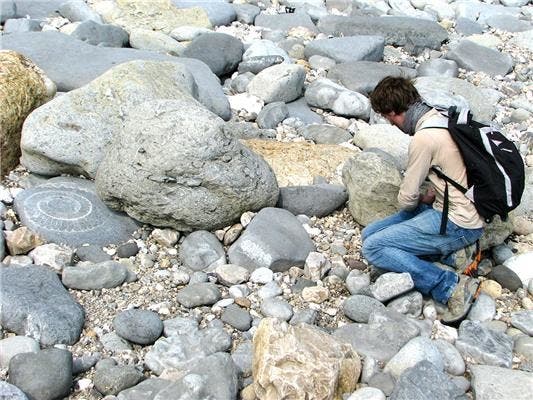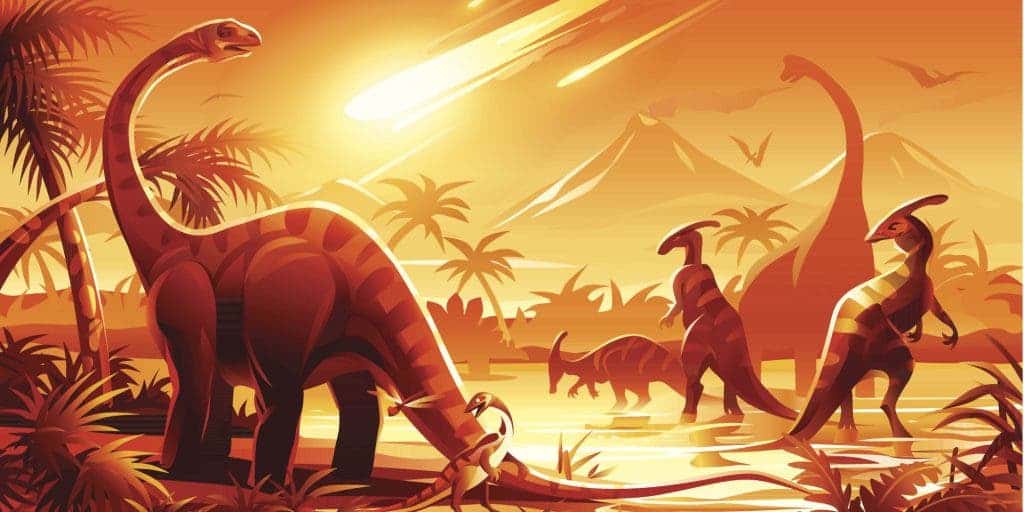Life has found our blue gem planet as a welcoming host, but it hasn’t always been all fun and games. To our knowledge, life has gone through five major mass extinctions over the past couple hundred millions of years. During this time countless species and even families were wiped out in a heart beat, but geological time frame standards. When faced with overwhelming odds, nature favors those who can adapt. According to researchers at the University of Gothenburg plants have always been surprisingly resilient to these challenging times, compared to animals. That’s not to say that plants didn’t go extinct as well – sure, countless as well, but others soon filled their space at a much great pace than animals could.
More than 20,000 plant fossils were carefully analyzed to see how dramatic events effected their place in the ecosystem. As expected, dramatic events had different consequences depending on the plant group. The key insight however is that negative rates of plant diversification – that is, more species died out than new ones formed – was never sustained for long periods of time, unlike the case of most animals.
“In the plant kingdom, mass extinction events can be seen as opportunities for turnover leading to renewed biodiversity,” says leading author Daniele Silvestro.
As an example, the Cretaceous-Paleogene mass extinction, caused by the impact of an asteroid off the Mexican coast some 66 million years ago, caused the extinction of the dinosaurs – a group of animals that had dominated the planet for millions of years and which had survived other major extinctions prior. Following this extinction, animals had to wait a long time before the ecological niches could be filled again. Yet plant diversity was minimally affected.
[READ ABOUT] The most devastating mass extinction in Earth’s history

Dr. Daniele Silvestro, University of Gothenburg finding fossils. Image courtesy of University of Gothenburg
Some important plant groups, such as the gymnosperms (including pines, spruce and firs) lost a great deal of their diversity through extinction. Flowering plants (angiosperms), on the other hand, thrived and quickly grew in diversity. Today, flowering plants dominate global diversity above all other plant groups. Findings appeared in the journal New Phytologist.
“Mass extinctions are often thought as a bad thing, but they have been crucial in changing the world into how we know it today,” says senior author Alexandre Antonelli.
By studying this sort of things, researchers hope to identify which plants are most vulnerable and sensitive to change to aid in conservation efforts. Nevertheless, it’s interesting to learn about just how resilient plants are in the face of adversity. But in a way, this shouldn’t surprise us. Wildfires, lightning even droughts are welcoming events for plants since these flush the ecosystem and make room for more diversity.










